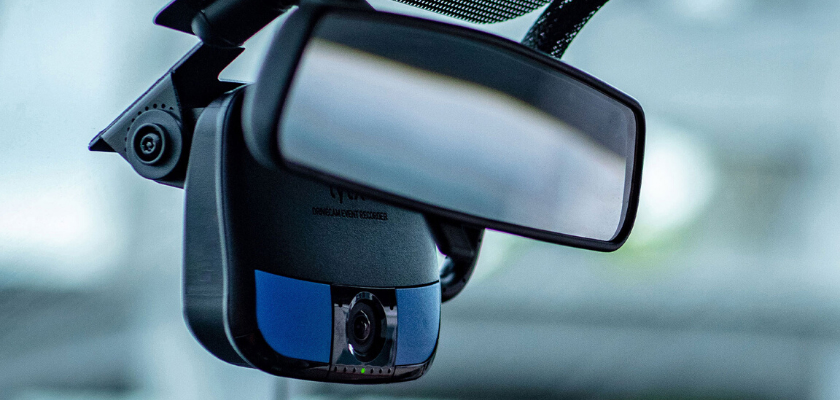The National Transportation Safety Board (NTSB) is best known for investigating transportation-related events. Just one look at the agency’s most high-profile cases can tell you that. Remember the autonomous vehicle that killed a pedestrian in Tempe, Ariz.? Or the Southwest Airlines flight that blew an engine earlier this year?
But the agency’s famed investigations are just one aspect of its work. The NTSB also takes a more proactive approach to safety—one that doesn’t attract the same bright lights that NTSB investigations do.
How the NTSB most wanted list helps fleets be proactive
Through its Most Wanted List, the NTSB has helped improve safety throughout the transportation industry, promoting tools designed to increase awareness, reduce collisions, and most vitally, save lives.
“Since 1990 our Most Wanted List has been our roadmap from lessons learned to lives saved,” NTSB Chairman Christopher Hart stated in a press release. “It represents actions which, if taken, will save lives and reduce the number of people injured and amount of property damaged in transportation accidents.”
With the saving lives mission as its centerpiece, the Most Wanted List shines a spotlight on things that create safe driving habits: technology, seat belts, healthy drivers, and eliminating distractions.
By taking such proactive safety measures, fleets can manage risk, avoid collisions, and be fully prepared if one occurs. Early adopters of fleet safety technologies, such as Greyhound, are no stranger to the solutions on the list. Several years ago, Greyhound invested in one piece of technology on the list—video event recorders—and it would prove to be worthwhile.
“Recorders not only help investigators determine the cause of a crash, but, perhaps more importantly, they help companies and operators establish effective safety management strategies,” the NTSB stated.
In many ways, Greyhound unites the various aspects of the NTSB’s mission, melding the proactive safety practices of the agency’s Most Wanted List with the investigational aspect of its work. The case outlined below reveals the full scope of how safety technologies can help a fleet—and why it pays to take a proactive approach to safety.
A driver-facing lens helped shape an NTSB investigation
In January 2016, a Greyhound bus in San Jose, Calif. struck a barrier and a crash attenuator shortly after 6:30 a.m.
As the story unfolded on the national news, journalists reported on the “drowsy driver” at the wheel. But was this really a drowsy driver case? As the National Transportation Safety Board delved deeper into its investigation, the “drowsy driver” theory would quickly be debunked, thanks to video evidence of the collision from the Lytx DriveCam®safety program.
While initial news reports and eyewitness accounts pointed to a drowsy driver case, the DriveCam video event recorder on board the Greyhound bus told investigators a different story. And with both a driver-facing and outward-facing lens, it helped investigators draw a more accurate picture of what happened.
Video can provide a ‘strong defense’
Too often, commercial drivers are wrongly blamed for a collision in the absence of concrete evidence, said Lytx VP of Safety Services Del Lisk.
“By capturing the driver’s actions with the inside lens of the video event recorder, investigators can verify the condition of the driver and provide a strong defense to validate that he or she was alert and attentive when the collision took place,” Lisk said.
That’s exactly what happened in the Greyhound case. According to the NTSB’s official report, the DriveCam program captured not only video showing that the driver was alert, but also valuable data showing the speed, time and location of the collision. All of the data showed that the driver was not asleep or drowsy at the wheel.
Ultimately, the NTSB concluded that the lack of proper highway markings were primarily to blame in the Greyhound collision, and the ruling helped protect Greyhound’s reputation in the public eye.
By being an early adopter of safety technology, Greyhound showed that it pays to be proactive on safety. Your fleet can be, too. Here are more proactive safety measures that can help your fleet get ahead and stay ahead of risk.
